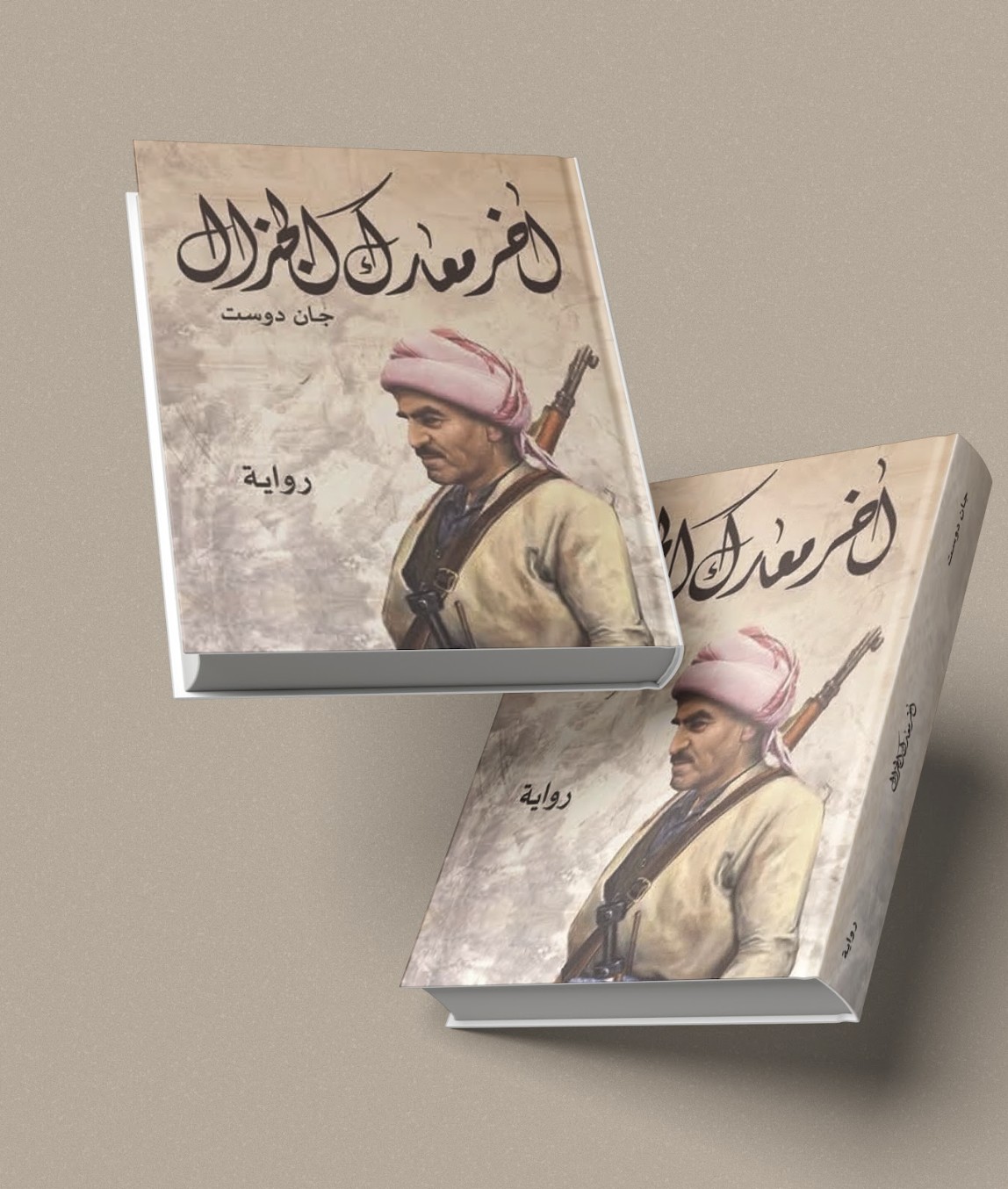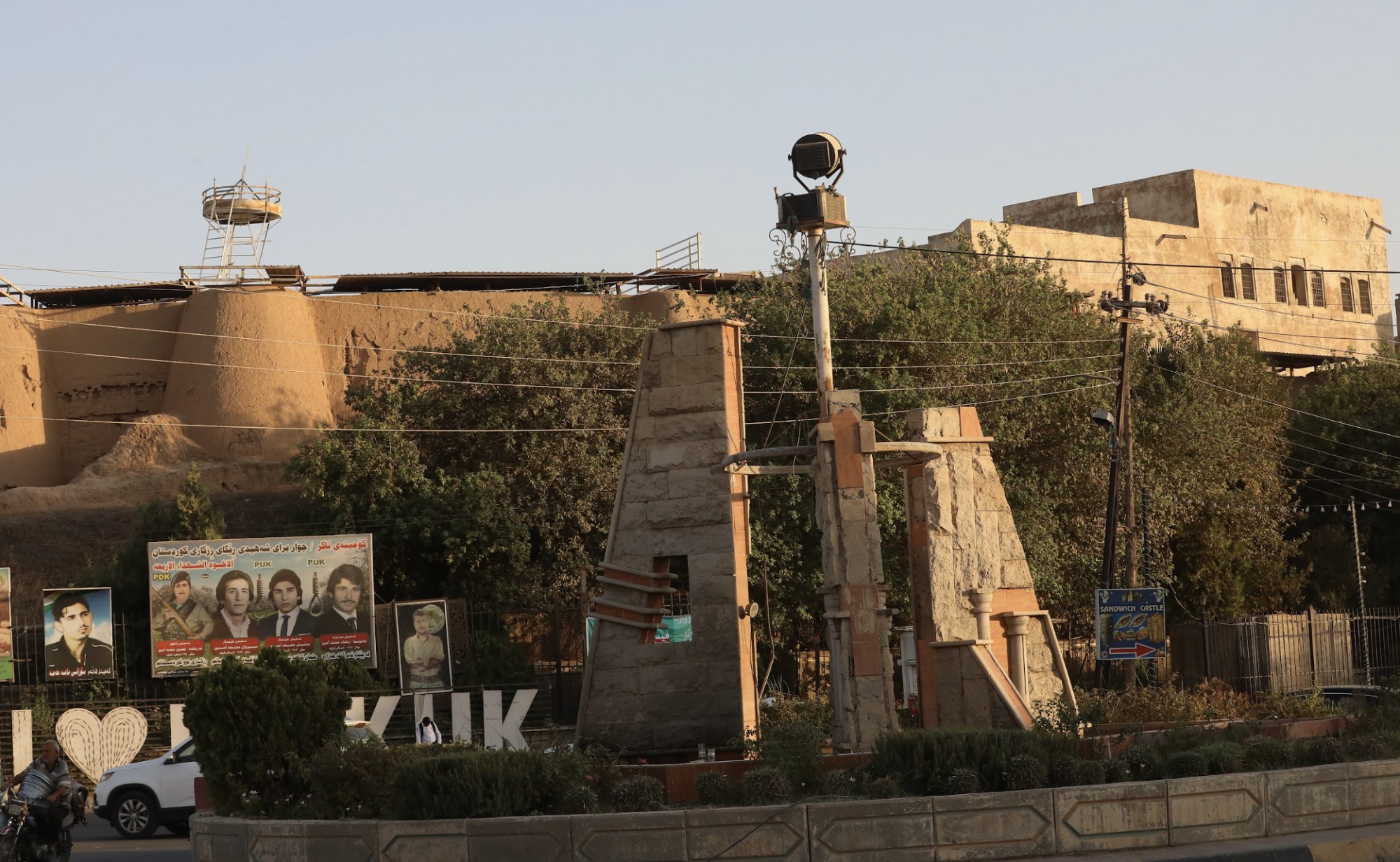On February 11, 1990, Nelson Mandela was set free after spending 27 years in different prisons in South Africa. He spent 18 of those years in the infamous Robben Island Prison near Cape Town.
Apartheid is the Afrikaans name given to the policy of racial segregation instituted by the white-ruled South African nationalist party that enforced the separation of the white South African minority and black South African majority populations. Instituted in 1948, apartheid came to an end in the early 1990s in a series of steps that led to the formation of a democratic government in 1994.
In July 1990, I was appointed by the UN to work as technical expert in Peru. However, the project never took place due to the fragile security situation in Peru. I received another posting to work in Lesotho, in southern Africa.
I arrived in Maseru, the capital city, on July 27, in the middle of a cold and snowy winter. Two weeks later I became ill and was taken to a hospital in Bloemfontein in South Africa. The hospital that I was admitted to was only for white South Africans. The doctor who removed three stones from my kidney was from Cuba. He cursed Fidel Castro and his communist regime because they were supporting the uprising of the black community in South Africa led by Nelson Mandela.

I spent one week in the hospital and was appalled at the way the staff talked about black communities. I was told that black people were not allowed to purchase property in Bloemfontein. In addition, while they were allowed to work in the city, they had to leave it before 6 pm and find their way back to their townships. I encountered other, varying aspects of racial segregation in train stations, swimming pools, and hotels.
A general election was held in South Africa between April 26 and 29, 1994. The election was the first in which citizens of all races were allowed to take part and was conducted under the direction of the Independent Electoral Commission. I was part of the monitoring team in QwaQwa, an area in the eastern part of South Africa bordering Lesotho.

On May 10, 1994, Nelson Mandela became the first black president of the country. Through a co-worker of mine, the sister of Limpho Hani, who was the wife of political leader Chris Hani, I got the opportunity to meet President Mandela in June 1994 at the African National Congress (ANC) headquarters in Pretoria. Chris Hani was the leader of the South African Communist Party and the leader of the armed wing of the ANC. He was later assassinated in April 1993.
I introduced myself as a Kurd from Kurdistan, and Mandela asked about the situation of the Kurds. I briefed him about it, and he responded that the Kurds will reach their aim. He added: you and I may not witness that day, but a new generation will come and enjoy freedom. I informed him how I participated in a demonstration in The Hague, The Netherlands in October 1976 supporting the Soweto uprising in South Africa, where many students were killed, and I was beaten by the pro-apartheid group in The Netherlands. In the end I told him: you are such an inspiration for the world.

On July 17, 1997, I was invited to a state dinner hosted by the Thai Chamber of Commerce in Bangkok where President Mandela and his 15-member delegation were present. I wanted to take the opportunity to greet him and ask him to sign his book, Long Walk to Freedom, but was stopped by his security guards. However, he asked his secretary to let me through since he knew me from our meeting at the ANC office in Pretoria. He asked me what I was doing in Bangkok. I responded that I was helping low-income communities build houses. He signed the book and said to me that it was for my people.

In 1999, while based in Kosovo, I received an invitation from the ANC to participate in a celebration of the new millennium on Robben Island, where Mandela had spent 18 years in a single cell. Many local and international guests were invited for the event, including famous artists. Mandela’s symbolic ‘flame of hope’ was to be passed by him to the new president, Thabo Mbeki. Mandela would then ask Mbeki to pass the flame to the new generation.
I reached Cape Town quite late and missed the last boat to Robben Island. I tried my best to explain that I had been invited and showed my UN passport, but the security guard would not allow any more boats to depart due to security rules. At this point, I saw a woman surrounded by many people asking for her autograph and picture. I asked, who is that woman? I learned that she was the world-famous South African singer Mariam Makeba, known as Mama Africa.
Maria had been an opponent of apartheid in South Africa. I introduced myself and informed her that I had attended her concert in The Hague in July 1984. She was happy and told me that she had missed the last boat to attend the party. However, the ANC sent her a special boat to take her to the island. She asked me to join her, which I did. She was welcomed as a hero by the authorities, and I took the opportunity to greet President Mandela once again.
Mandela, a legend both in life and now in his passing, unquestionably exemplified the essence of a genuine global leader. Having had the privilege of meeting him remains one of the greatest honors of my life. While the world mourns his absence, his enduring contributions to the causes of human dignity and freedom ensure that his legacy will endure for eternity.
Wuria Karadaghy is a former UNDP Regional Manager in Central Asia with 26 years of experience working in 15 countries, now serves as a Development Management Consultant, leveraging their expertise to support various development initiatives.

